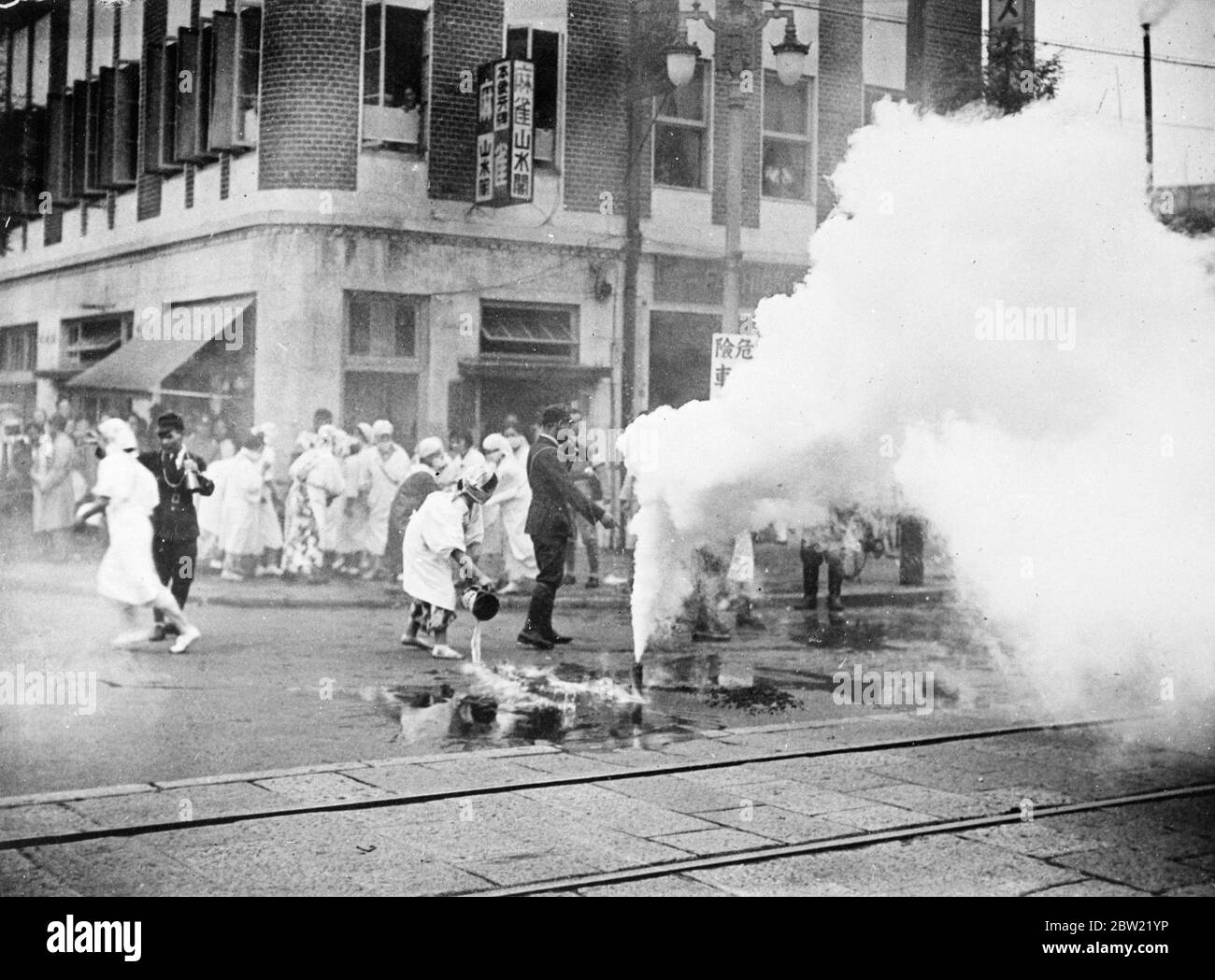
in the absence of adequate preparations, sirens on police cars were used to warn the people, and self-appointed neighborhood wardens rushed from door to door to help enforce the blackout. That evening, while residents of the Bay area were having dinner, radio broadcasting suddenly ceased, and this was followed by a blackout which lasted nearly three hours. In the afternoon of the 8th, rumors of an enemy carrier off the coast led to the closing of schools in Oakland. Meantime, antiaircraft artillery units had begun to reach the West Coast from inland stations, and some regiments which were at ports of embarkation were diverted to coastal defense assignments.Īs these and other forces took up their defensive positions, coastal communities suffered from an invasion fever which first showed itself with the calling of an alert in San Francisco on 8 December. An additional augmentation of pursuit strength was provided in mid-December by the temporary assignment to the Fourth Air Force of a Marine unit, Air Wing 1.

The first reinforcement to reach the Pacific coast consisted of planes of the 1st Pursuit Group, which arrived at San Diego on 8 December by 22 December this entire P-38 group had been transferred from Michigan to California. Locally based air units therefore consisted in large part of fighter aircraft, to which were added and aircraft artillery, barrage balloons, and searchlights. The supply of heavy bombers was so limited that it was not found possible to immobilize any large number by assigning them to stations along the coasts. The War Department ordered the immediate movement of reinforcements for the Pacific coast by air and fast trains. Amateur radio stations were ordered off the air, and unnecessary civilian flying was prohibited. The aircraft warning service was put into operation, with civilians hurriedly manning their observation posts. In co-operation with the Navy, offshore patrols were promptly instituted to provide warning against carriers and to combat submarines. Once the news of the Japanese attack had been received on the mainland, the Fourth and Second Air Forces, which shared responsibility for defending the West Coast, readjusted their forces to provide maximum protection for the major cities. Defense arrangements were further facilitated by the fact that air force and anti-aircraft artillery units, and civilian volunteers working with the warning service, were at the outbreak of war taking positions in California for an exercise scheduled to begin on 11 December.


The warning message sent by the War Department to the Western Defense Command on 27 November 1941 indicating that negotiations with Japan in effect had terminated and that war was probable, had resulted in an acceleration of measures being taken to provide an aircraft warning service. Fortunately, news of the start of war did not come as a complete surprise to the military forces there. Concentration of some of the larger aircraft plants in that region appeared to offer especially tempting bait for a Japanese raid. That the chief focus of attention fell first on the Pacific rather than the Atlantic coast is explained by the formers particularly exposed position following the Pearl Harbor attack. It will be noted that it was not anticipated that enemy forces could bring to bear any sustained attack on the continental area, but, as Pearl Harbor had so forcefully demonstrated, a single and well-directed blow could inflict serious injury. By an order of 11 December, the Western Defense Command became a theater of operations on 20 December, a similar order provided for an eastern theater along the Atlantic coast. By these acts, defense received priority over all training activity in both coastal zones, which were now raised to a new category of defense (Category C) in recognition of the fact that minor attacks were not only possible but probable.


 0 kommentar(er)
0 kommentar(er)
